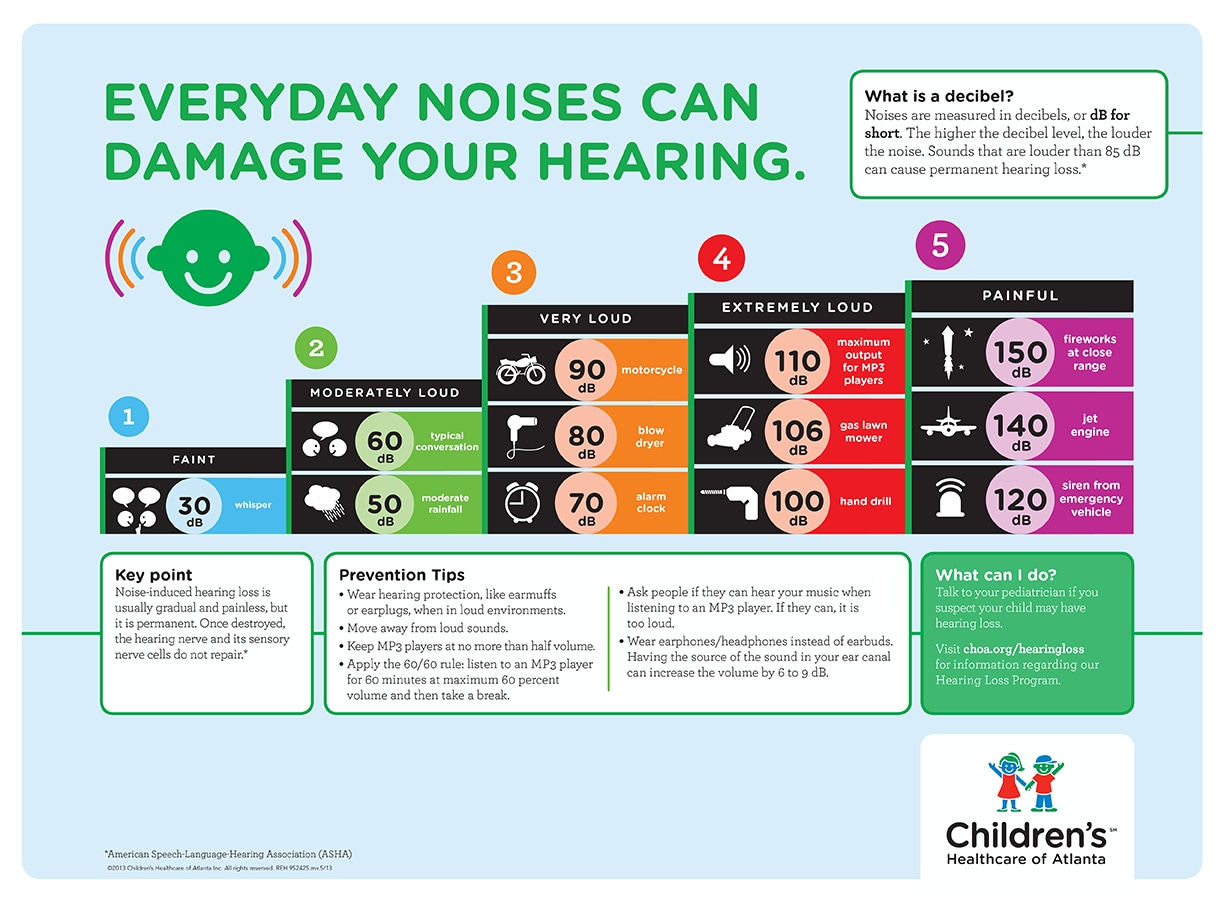Enhancing Discovering: Addressing Auditory Handling Issues In Dyslexia
Enhancing Discovering: Addressing Auditory Handling Issues In Dyslexia
Blog Article
Content Develop By-Harrington Waters
When you consider the challenges that dyslexic learners deal with, it's clear that acoustic handling issues typically play a considerable function. You may question just how tailored approaches can bridge the gap between acoustic guidelines and understanding. By integrating aesthetic help and damaging jobs into workable actions, you might boost focus and understanding. Nevertheless, the services don't quit there. What executive functioning skills by age can develop an absolutely supportive discovering atmosphere that fosters success and self-confidence?
Understanding Dyslexia and Auditory Handling
Dyslexia impacts about 1 in 5 people, making it among one of the most common learning impairment. If you're navigating dyslexia, you may discover that it doesn't just influence reading and writing; it can additionally affect how you process acoustic details.
executive function disorder describes just how your mind translates sounds, including language. When you battle with this, it can lead to difficulties in understanding talked guidelines and complying with conversations.
You might see that you commonly misinterpret what you listen to or that it takes longer for you to react in conversations. This isn't a reflection of your intelligence; it's a particular trouble related to refining acoustic signals.
Recognizing this link is essential because it helps clarify why you might master visual tasks while facing difficulties in jobs that depend on acoustic comprehension.
Identifying these obstacles can encourage you. By comprehending the complexities of dyslexia and auditory handling, you can better support for your requirements, whether in educational settings or social scenarios.
It's vital to acknowledge these issues so you can look for the best assistance and techniques in the future.
Reliable Methods for Support
Browsing the challenges of acoustic processing can really feel frustrating, yet there work approaches that can assist you thrive.
By carrying out these methods, you can enhance your understanding experience and enhance your ability to procedure auditory details.
- ** Use visual help **: Combining auditory directions with visual supports, like charts or representations, can significantly boost comprehension.
- ** Damage jobs right into smaller sized actions **: Simplifying directions right into convenient portions allows you to concentrate and refine details better.
- ** Practice energetic paying attention **: Take part in workouts that urge you to listen attentively, such as summarizing what you've heard or asking inquiries for explanation.
- ** Integrate innovation **: Use apps or software created to aid with acoustic handling, such as speech-to-text tools or audiobooks, to enhance learning.
Creating Encouraging Learning Settings
Creating an encouraging learning setting is vital for helping people with auditory handling challenges are successful. Start by reducing disturbances in your class or finding out space. Usage acoustic panels or soft home furnishings to take in noise, which can assist students focus better. Ensure seating arrangements enable clear sightlines to the instructor and any kind of visual help.
Next, include clear and concise interaction. Talk gradually and make use of straightforward language, checking for understanding regularly. Urge trainees to ask concerns if they're unclear. Visual aids like graphes, layouts, and composed directions can improve understanding and retention.
Furthermore, foster a society of perseverance and understanding among peers. Teach trainees concerning acoustic processing issues, advertising compassion and assistance. Group activities can be valuable; simply make sure that functions are clear and that trainees interact to support each other.
Finally, give routine feedback. Celebrate progress and success, no matter just how little. This motivation develops self-confidence and reinforces the idea that learning is a trip.
Conclusion
In your trip to improve discovering for people with dyslexia, think of each strategy as a stepping stone across a river. By weaving with each other acoustic and aesthetic help, breaking tasks right into bite-sized pieces, and supporting a helpful environment, you help create a bridge to understanding. Keep in mind, fostering empathy amongst peers and interesting family members can light the course to success. With perseverance and devotion, you'll encourage students to soar above obstacles, transforming their struggles into toughness.
